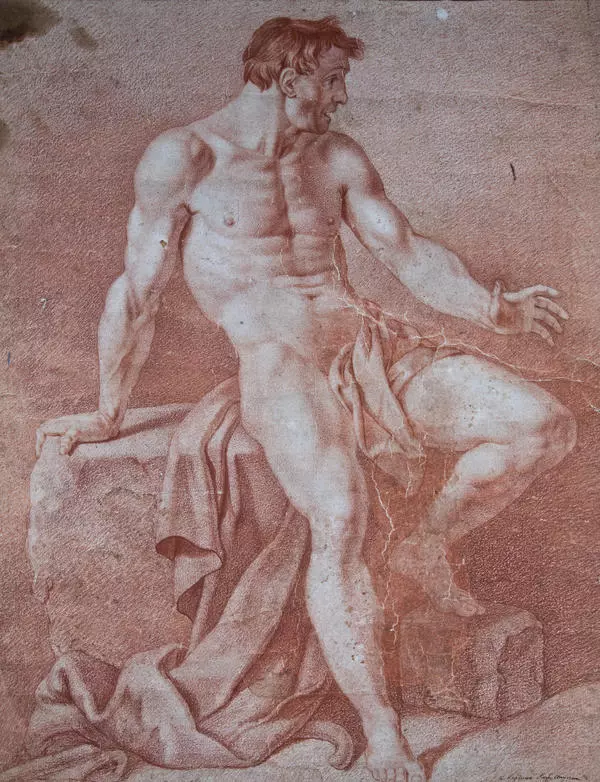The National Pushkin Museum displays a portrait of the Kazan mayor, merchant of the 1st guild and hereditary honorary citizen Leonty Filippovich Krupenikov.
The portrait was painted by the artist Rafael Alexandrovich Stupin. He was born into the family of a painter, a graduate of the St. Petersburg Academy of Arts, Alexander Vasilyevich Stupin. He headed the first provincial private art school in Russia, founded in 1802 in the city of Arzamas, Nizhny Novgorod Governorate. In 1829, for a painting depicting John the Baptist, Rafael Stupin received a certificate for the title of an artist of history painting, 14th class, with a sword. In the late 1830s, Stupin worked in Kazan, where he lived with his friend, also a student of the Arzamas school and an architect Mikhail Petrovich Korinfsky. There, he painted several portraits of merchants, including a portrait of Leonty Krupenikov.
In 1833, Alexander Pushkin, having received a four-month vacation, went to the places associated with Pugachev’s Rebellion in Orenburg and Kazan, where he stayed from September 5 to 8. According to Alexandra Fuchs, “Pushkin went to Orenburg to collect information for a story about Pugachev and for the same reason stayed for one day in Kazan.” On September 7, “in the morning, in a carriage drawn by three horses, Pushkin went alone to the Trinity Mill, along the Siberian Route, ten versts [10 km] from the city; Pugachev’s camp was there when he was approaching Kazan. Then, after driving around the Arsk Field, he was in the fortress, drove around it and then returned home, where he stayed the entire morning, until two o’clock, writing, ” and in the evening Pushkin and Karl Fuchs “went to the Kazan merchant of the 1st guild Krupenikov, who was a prisoner of Pugachev, and stayed there for an hour and a half.”



